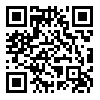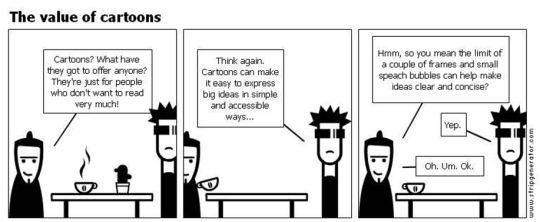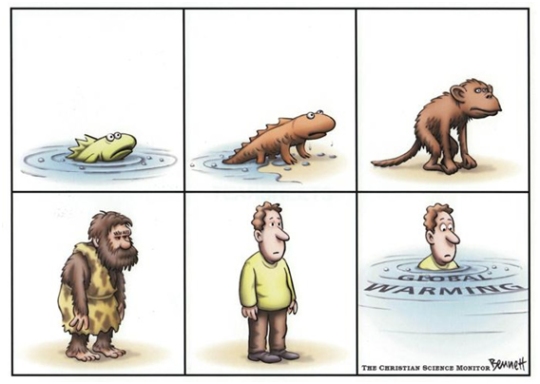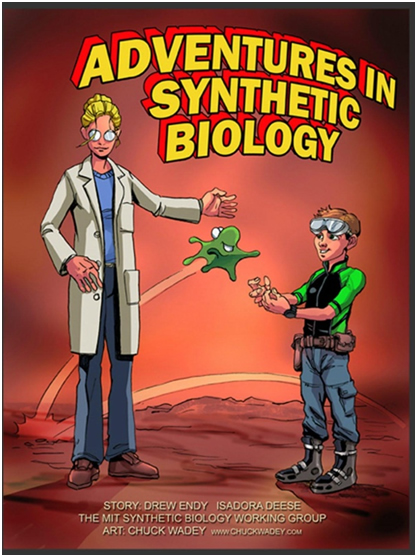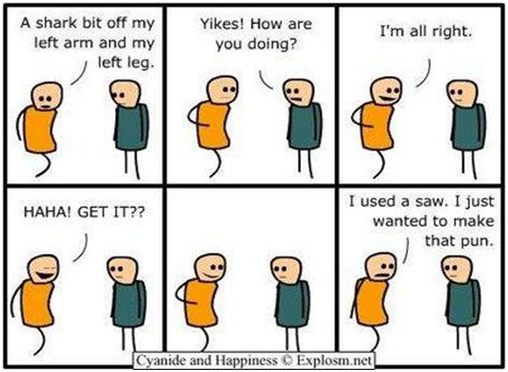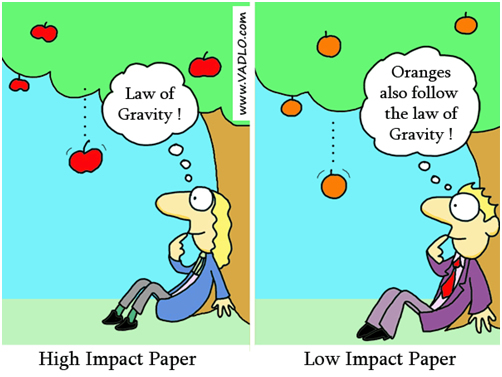Describe your understanding of edutainment theories in five paragraphs: Flow, Situated Learning, Constructivist pedagogies, Activity theory and motivation theory.
Flow Theory
The flow theory explains self-regulated learning in adults (Rieber, 1996). When adults are so engaged in an activity, they “flow” with the activity in a spontaneous manner (Rieber, 1996). The flow theory is not limited to learning environments and can explain why a person will participate in goal oriented tasks or activities (Vedpuriswar, n.d). According to Rieber (1996), learning under the flow theory is achieved when an activity meets one or more of the following eight components:
-
the challenge of the activity is matches the user’s current skill and/or ability;
-
the user’s attention is completely absorbed in the activity;
-
the goal(s) of the activity are clear to the user;
-
the activity provides the user with clear and consistent feedback while the user works at reaching the goal(s) of the activity;
-
the user is freed (even if only temporarily) from outside worries or frustrations because the user is so absorbed in the activity;
-
the user feels in complete control of the activity;
-
the user does not feel self-conscious while performing the activity;
-
the passage of time is unnoticed while the user participates in the activity.
These elements make the flow theory an ideal learning theory in the edutainment field as these elements are innately found in games.
Situated Learning
Situated learning is defined as “…the notion of learning knowledge and skills in contexts that reflect the way the knowledge will be useful in real life” (Herrington & Oliver, 2000). Successful situated learning models all share the following characteristics:
-
apprenticeship
-
multiple practice
-
collaboration
-
coaching and scaffolding
-
reflection
-
articulation
Virtual reality and hypermedia tools allow educators to bring near-authentic activities into the classroom through the use of simulations, computer games, and multimedia presentations (Herrington & Oliver, 1995). These medium allow students to experience and interact with the environment and other students. During the collaboration process, students can discuss, debate and defend their acquired knowledge. The instructor can also offer advice and/or support to students. Afterwards, students create their own knowledge and memories of the activity (Herrington & Oliver, 1995).
Constructivist Pedagogy
In the constructivist theory, the learner generates knowledge as learning takes place. This is a social learning theory that is strengthened through learner reflection, metacognition and inquiry (Dangel, Guyton & McIntyre, 2004). More specifically, the constructivist pedagogy suggests “(a) instruction must take as its starting point the knowledge, attitudes, and interests students bring to the learning situation, and (b) instruction must be designed to provide experiences that effectively interact with the characteristics of the students so that they may construct their own understanding” (Dangel, Guyton & McIntyre, 2004). The common theme in constructivist pedagogies are student centered learning environments, authentic and purposeful interactions among all classroom participants (including the teacher), and active engagement in academic activities (Dangel, Guyton & McIntyre, 2004).
Activity Theory
The activity theory suggests that learning occurs as a result of participating in an activity (Jonassen & Rohrer-Murphy, 1999). In the activity theory, there is a synergistic effect between learning and activity. As the learner acts, knowledge is acquired. This in turn affects the learner’s actions, which will change their knowledge, and so on (Jonassen & Rohrer-Murphy, 1999). The central theme of the activity theory is participating in an activity. Thus, this is a student centered theory with a social context (Jonassen & Rohrer-Murphy, 1999). This interaction can be a student-student interaction or a student-teacher interaction (Jonassen & Rohrer-Murphy, 1999). The use of artifacts is also an important element of the activity theory (Jonassen & Rohrer-Murphy, 1999).
Motivation Theory
Motivation theory looks to create intrinsically motivated life-long learners (Small, 1997). According to Keller (2008), the motivation to learn is promoted by the following five principles
-
the arousal of the learner’s curiosity due to a perceived gap in their current knowledge;
-
the learner perceives the new knowledge to be meaningful and related to their own goals’
-
the learner believes they can master the task at hand;
-
the learner anticipates and experiences satisfying outcomes from a learning activity;
-
the learner consciously chooses to stay on task.
The ARCS model was created to address these five principles when designing motivating instruction (Small, 1997). According to Small (1997) and Shellnut (1998), the ARCS model stands for
-
A – Attention strategies to arouse and sustain learner curiosity and interest;
-
R – Relevance links the content to the learner’s needs and wants;
-
C – Confidence to achieve success in completing the task;
-
S – Satisfaction strategies providing extrinsic and intrinsic reinforcement for the learner’s efforts.
REFERENCES
Dangel, J. R., Guyton, E., & McIntyre, C. B. (2004). Constructivist pedagogy in primary classroom: Learning from teachers and their classrooms. Journal of Early Childhood Teacher Education, 24, 237-245.
Herrington, J., & Oliver, R. (1995). Critical Characteristics of Situated Learning: Implications for the Instructional Design of Multimedia. in Pearce, J. Ellis A. (ed) ASCILITE95 Conference Proceedings (253-262). Melbourne: University of Melbourne
Herrington, J., & Oliver, R. (2000). An instructional design framework for authentic learning environments. Educational Technology Research & Development, 48(3), 23-48.
Jonassen, D. H., & Rohrer-Murphy, L. (1999). Activity theory as a framework for designing constructivist learning environments. Educational Research & Development, 47(1), 61-79.
Keller, J. M. (2008). First principles of motivation to learn and e3-learning. Distance Education, 29(2), 175-185.
Rieber, .L. P. (1996). Seriously considering play. Educational Technology Research & Development, 44(2), 43-58.
Shellnut, B. J. (1998). John Keller: A motivating influence in the field of instructional systems design. Unpublished manuscript, Wayne State University in Detroit, Michigan. Retrieved February 28, 2013 from http://arcsmodel.com/pdf/Biographical%20Information.pdf
Small, R. V. (1997). Motivation in instructional design. ERIC Digest. Retrieved February 28, 2013 from http://www.ericdigests.org/1998-1/motivation.htm
Vedpuriswar, A. V. (n.d.). [Review of the book Flow: The psychology of optimal experience, by M. Cziksentmihalyi] Retrieved February 28, 2013 from http://www.vedpuriswar.org/book_review/Flow.doc
Create a Venn (or other) diagram to show your understanding of your chosen theories.

Flow, active and motivational theories are all learning theories that are based accomplishing a goal or desired outcome. With these theories, learning is achieved as a result of completing the activity and reaching the desired goal.
Jonassen and Rohrer-Murphy (1999) describe learning in the active theory as “you are what you do.” The active theory and flow theory both have a synergistic effect between learning and activity. As the learner acts, knowledge is acquired. This in turn affects the learner’s actions, which will change their knowledge, and so on (Jonassen & Rohrer-Murphy, 1999). This allows the the activity to evolve with the learner. Thus, keeping the learner’s skill and knowledge adequately matched with the activity. The element, satisfaction, from the ARCS model of motivational theory requires that standards for success remain consistent (Small, 1997). This allows the instructor to evaluate all students on an equal playing field. Therefore, in motivational theory, the standards for the activity will remain the same and not change with the learner.
Flow theory and motivational theory are intrinsically motivating learning theories. The learner is willing to engage in these activities due to its shear pleasure (Okan, 2003; Small, 1997; Vedpuriswar, n.d.). Intrinsically motivated learners become completely immersed in the activity, are not easily distracted by the external environment, and are not self-conscious of their performance (Keller, 2008; Vedpuriswar, n.d). However, the learner must receive immediate feedback if the pleasure state is to continue (Keller, 2008; Vedpuriswar, n.d). In motivational theory, the use of extrinsic rewards that are unrelated to the activity are used (Okan, 2003; Small, 1997). These rewards are used as reinforcement of success for the learner (Small, 1997).
Active theory is based on social context with little to no meaningful activity being accomplished individually (Jonassen & Rohrer-Murphy, 1999). Motivational theory shares the same social context in that it involves collaboration (Keller, 2008). The collaboration can be in the form of student-student and/or teacher-student interactions. Active theory involves a community which sets the rules by which the learner(s) must abide while performing the activity (Jonassen & Rohrer-Murphy, 1999). Furthermore, in active theory, tools are used in the learning process to create some sort of artifact or learning outcome (Jonassen & Rohrer-Murphy, 1999).
REFERENCES
Jonassen, D. H., & Rohrer-Murphy, L. (1999). Activity theory as a framework for designing constructivist learning environments. Educational Research & Development, 47(1), 61-79.
Keller, J. M. (2008). First principles of motivation to learn and e3-learning. Distance Education, 29(2), 175-185.
Okan, Z. (2003). Edutainment: Is learning at risk? British Journal of Educational Technology, 34(3), 255-264.
Small, R. V. (1997). Motivation in instructional design. ERIC Digest. Retrieved February 28, 2013 from http://www.ericdigests.org/1998-1/motivation.htm
Vedpuriswar, A. V. (n.d.). [Review of the book Flow: The psychology of optimal experience, by M. Cziksentmihalyi] Retrieved February 28, 2013 from http://www.vedpuriswar.org/book_review/Flow.doc

